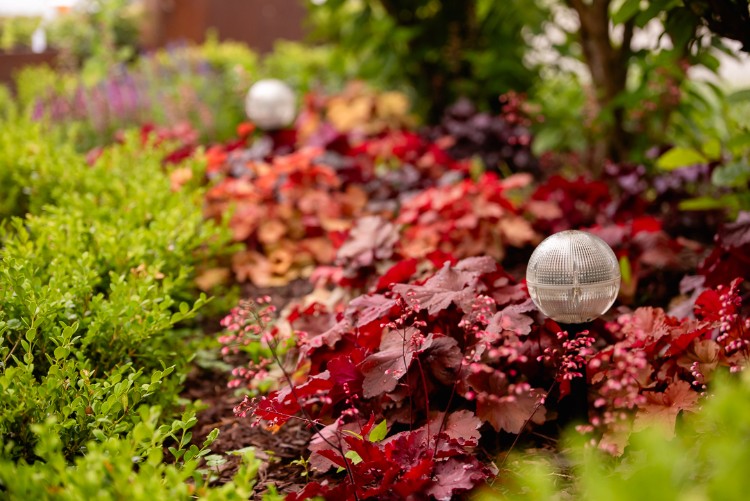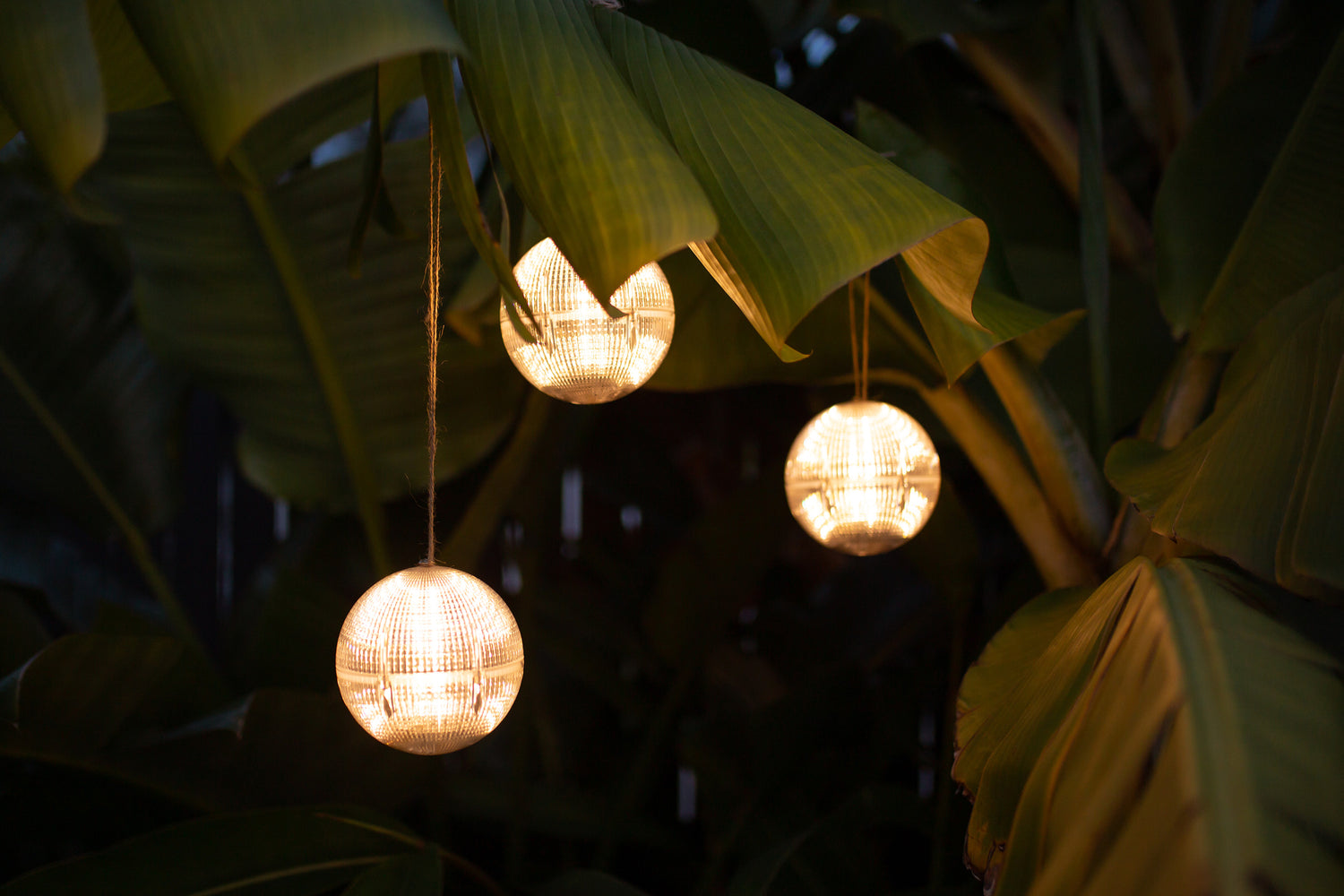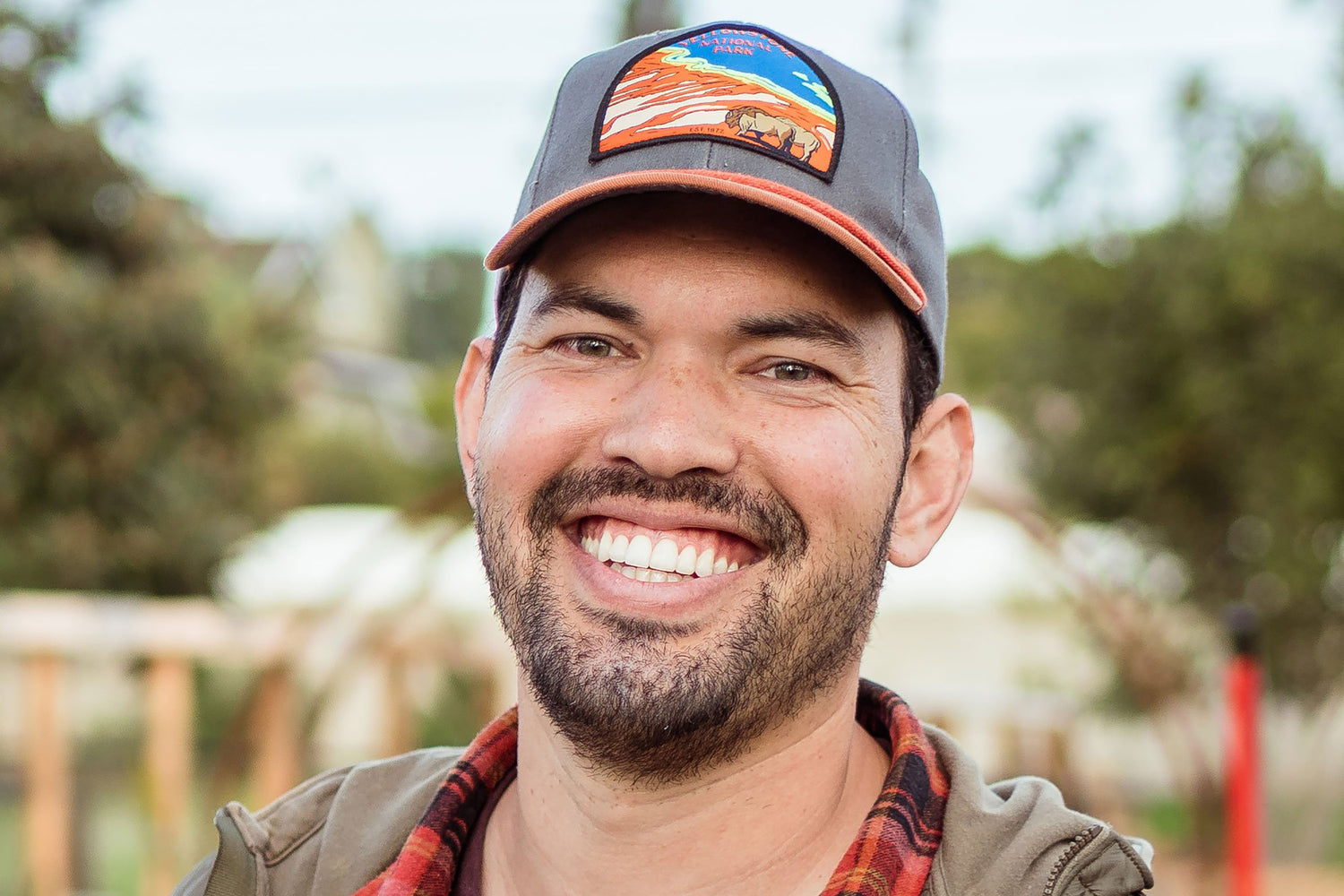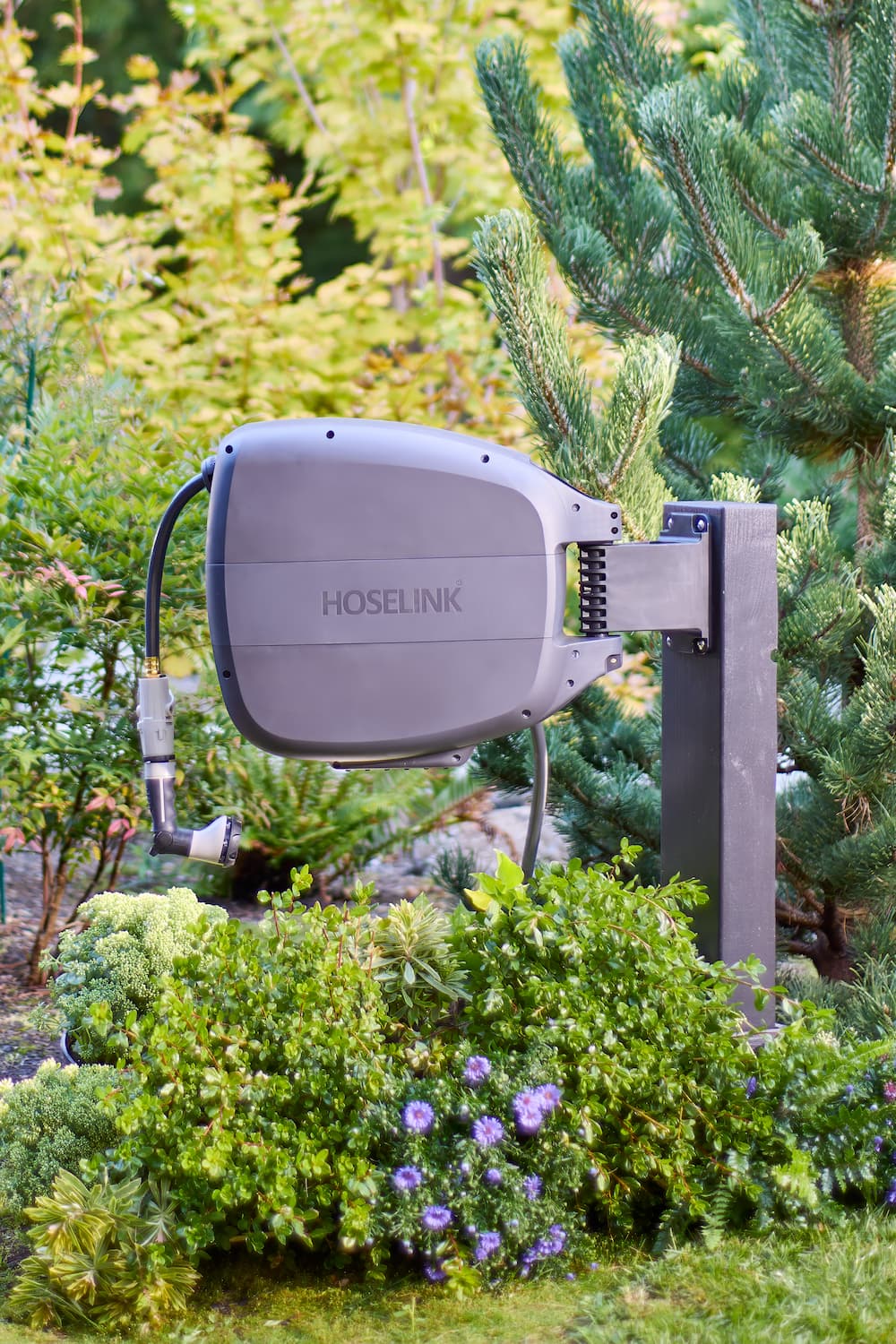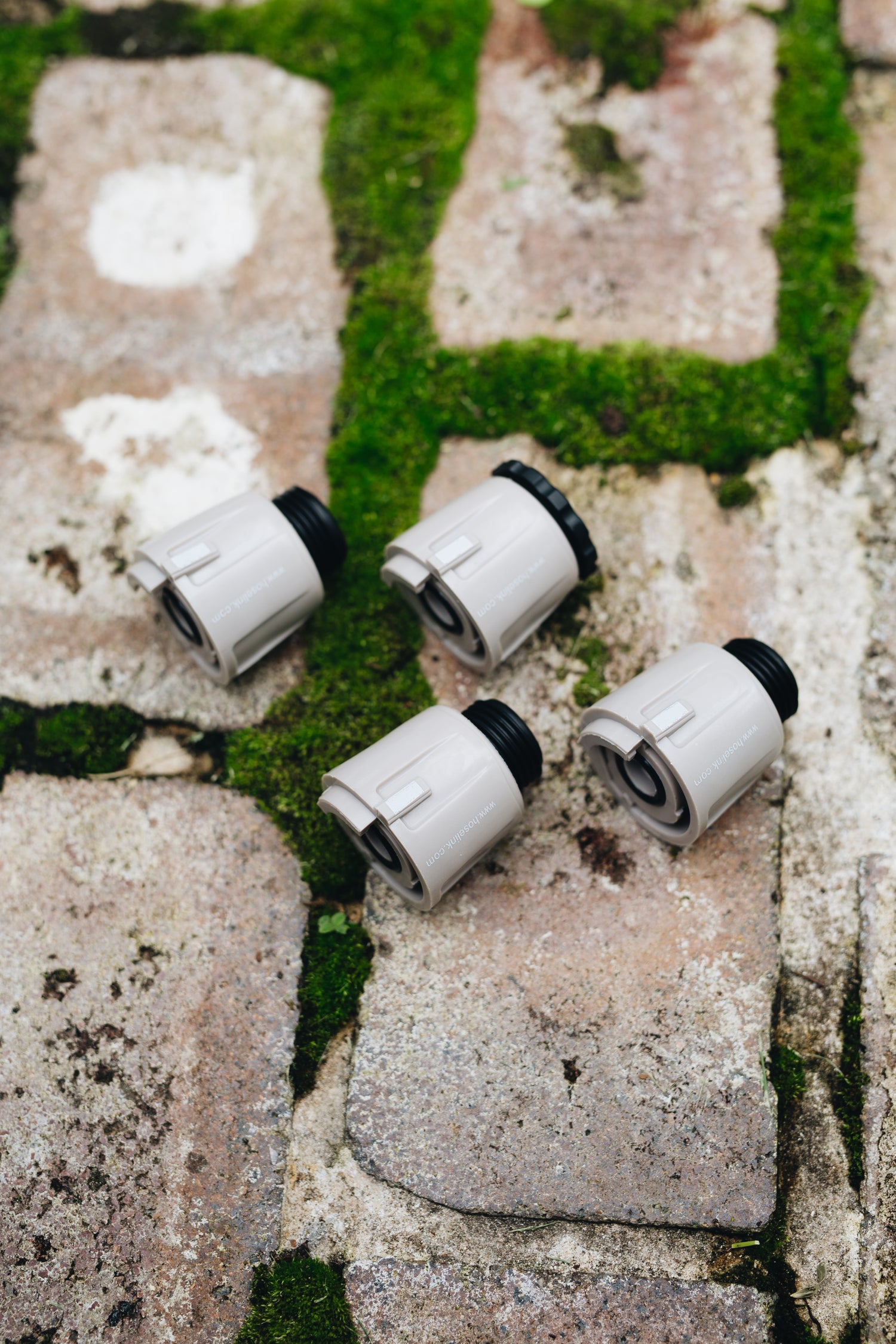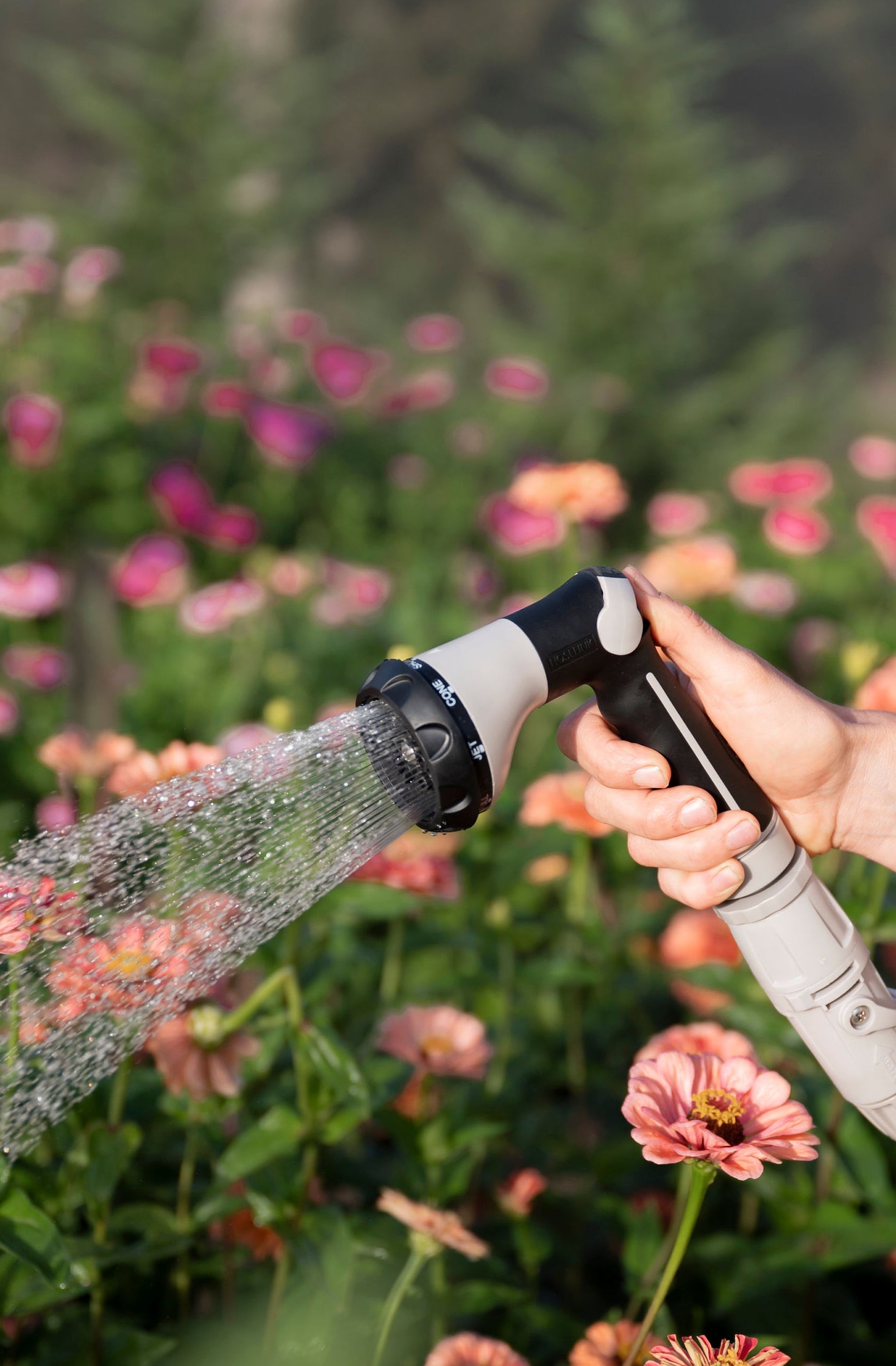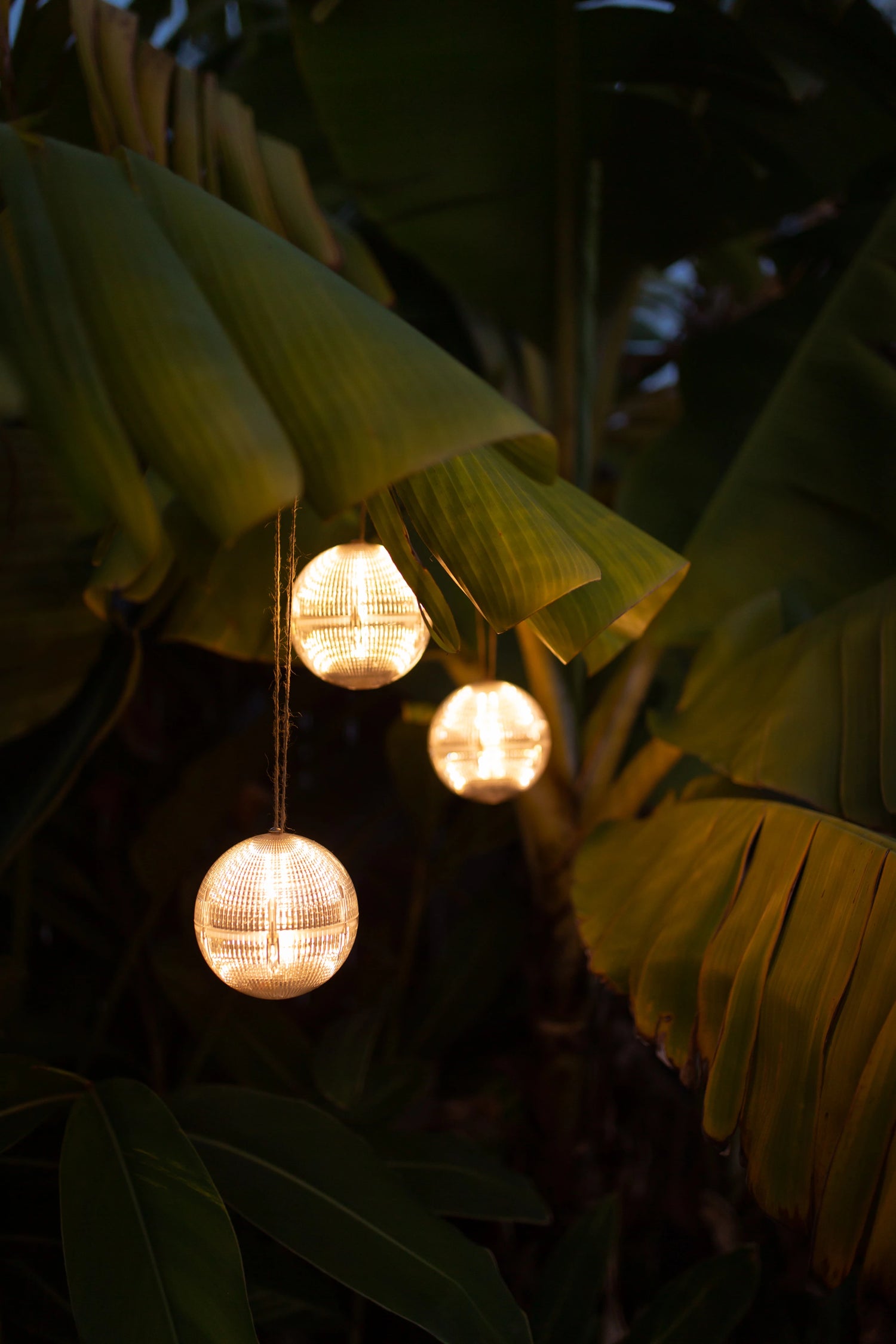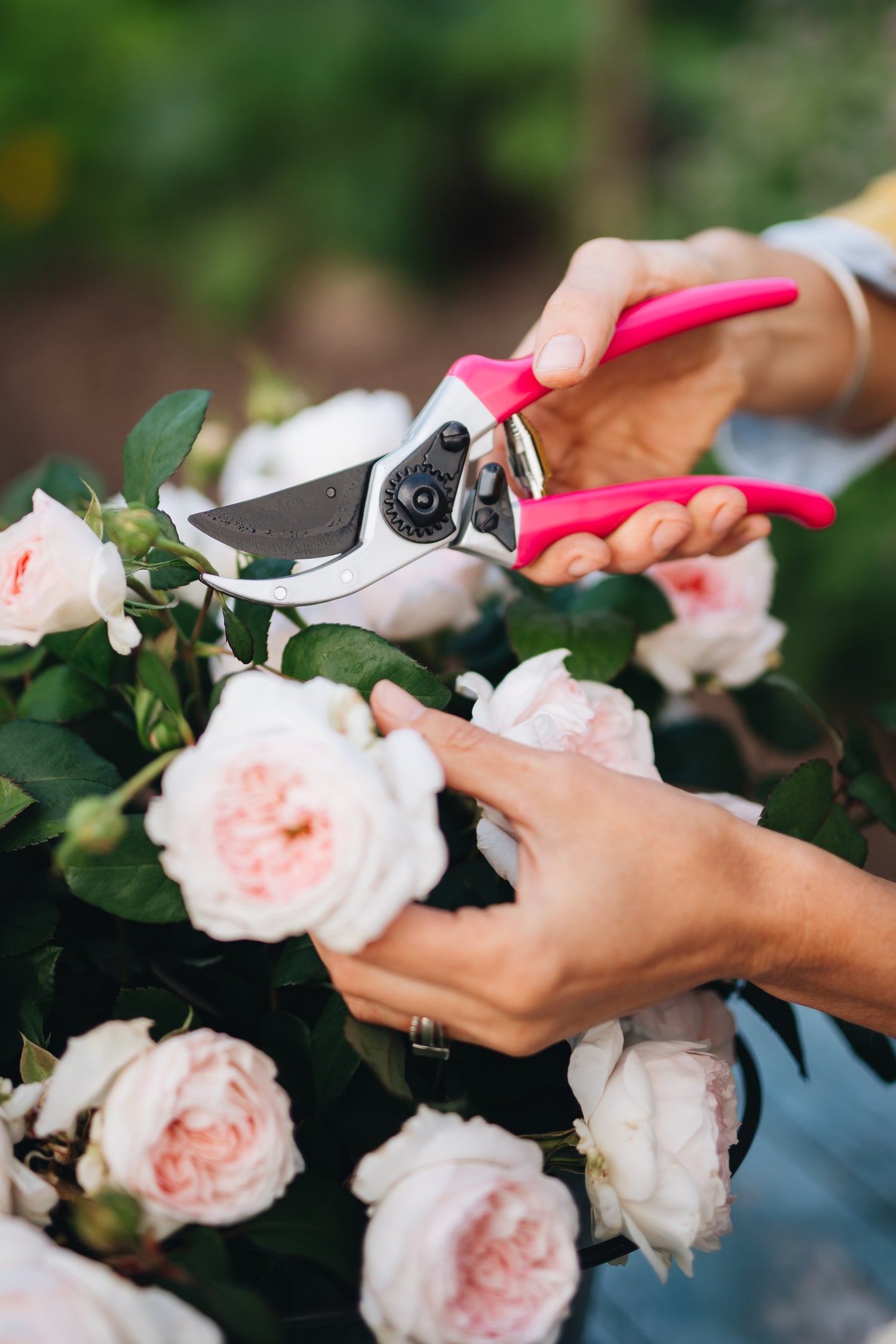In Zones 5 - 7, this is the time when the garden begins to shift, from the rush of summer growth to the slow transition toward fall. Things are still growing, still producing, but the pace feels different. You might feel it too. Maybe the excitement of early planting has faded, or the weeds have gotten ahead of you. That’s okay.
This month isn’t about perfection, it’s about paying attention. There’s a lot you can do right now to support your garden and reflect on the season so far. Whether you’re still harvesting daily or just trying to keep up with watering, August is a great moment to take stock. A little intentional care now can carry your garden (and your energy) through the last leg of the season.
Here’s a simple list of what to focus on in August, to help you finish strong and start thinking ahead, even if you're moving a little slower these days.

Replace or Remove Spent Annuals
Some annual flowers are starting to wear out. By this time of year, petunias might be leggy, cosmos might be browning, the zinnias may be suffering from disease and some containers might look tired despite your best effort.
It’s okay to remove what’s past its prime. You can either replace with fresh late-season flowers like asters, ornamental kale, or pansies (or simply leave the space clean). Tidying up containers or borders can make your whole space feel fresher, even if not everything is in bloom.
Sometimes, a garden reset is the most satisfying task of all.
Document Your Successes and Struggles
It might not seem urgent now, but come next spring, you’ll be surprised how hard it is to remember what worked and what didn’t.
Take some time this month to walk through your garden and make notes. What varieties performed well? Where did you overplant or underestimate space? Did something get diseased or attract pests? Where did you wish you had support or a trellis?
Whether it’s in a notebook, on your phone, or even voice memos, this step is key to becoming a more confident gardener. A little time spent reflecting now will save you guesswork next year.
Start Saving Seeds
Many of your flowers and herbs are beginning to finish their life cycle and go to seed. This is a natural and valuable part of gardening.
You can save seeds from plants like dill, zinnias, sunflowers, calendula, cosmos, cilantro, marigolds, and even beans or heirloom tomatoes. Let the seed heads or pods dry out fully on the plant (or harvest when close and finish drying inside), then store them in labeled paper envelopes or jars in a cool, dry place.
Even if you’re not planning to use them all next year, it’s worth experimenting with seed saving now, it helps you learn about the plant's full cycle and gives you a sense of self-reliance as a gardener.

Prune Your Tomato Plants
By August, tomato plants tend to get a little wild, tangled branches, yellowing leaves, and fruit in every direction. Light pruning now can help the plant focus its energy on ripening existing fruit rather than putting effort into new growth that may not mature before frost.
Here’s how to support your tomatoes in late summer:
-
Trim lower leaves that are touching the soil or turning yellow. This improves airflow and helps reduce the risk of fungal diseases like blight.
-
Remove suckers, especially on indeterminate varieties. These are the small shoots that grow between the main stem and side branches. Removing them helps the plant direct its energy more efficiently.
-
Check for signs of disease. If you see large sections of your tomato plants that are blackened, spotty, wilted, or clearly infected, it’s better to remove them entirely than try to save them. Disease can spread quickly in warm, humid conditions.
-
Clean your tools between cuts, especially if you're pruning multiple plants or removing diseased sections. A quick wipe with rubbing alcohol or a bleach solution (1 part bleach to 9 parts water) can help prevent spreading issues from plant to plant.
Regular attention now helps your tomatoes stay productive and healthy through the rest of the season. Even a few minutes once a week can make a big difference.
Order Fall Bulbs
It may feel early, but August is the perfect time to order fall-planted bulbs like tulips, daffodils, alliums, and garlic. The best varieties tend to sell out fast, and ordering now gives you plenty of time to plan your planting areas before the hustle of September and October sets in.
For flowers like tulips, daffodils and alliums, you won’t plant them until the weather cools down in fall (usually October or even November in Zones 5–7) but ordering ahead means you get exactly what you want.
For garlic, planting typically happens around halloween, but you’ll want to order seed garlic now while supplies are good. Grocery store garlic can work, but seed garlic is bred for your climate and often results in healthier, bigger bulbs.
Tip: While you're browsing, take a minute to picture how you want your spring garden to look. Bulb planting is an act of gardening faith, you plant it now and don’t see the results for months. But when it blooms next year, it’s magic.

Direct sow vegetables (Yes, there is still time)
In Zones 5–7, you can direct sow crops like lettuce, arugula, sugar snap peas, radishes, spinach, kale, and turnips. These grow quickly and don’t mind cooler nights, making them perfect for late summer planting. If you want a fall harvest, aim to get them in the ground as soon as possible, ideally before mid-August, depending on your local frost date.
Keep Watering the Garden
Even though many plants are mature by August, they still need consistent water, especially in the heat. This is particularly important for tomatoes, peppers, cucumbers, and anything you may have just seeded for a fall harvest (like greens or carrots).
Watering deeply and less frequently is better than a little bit every day. It encourages roots to grow down instead of staying shallow at the surface. Try to water early in the morning or later in the evening so you lose less moisture to evaporation.

August is one of those transition months. You’re still harvesting and maintaining, but you’re also slowly shifting into fall prep mode, whether you realize it or not. The garden is asking a lot, but it's also giving a lot back.
Happy gardening friends!

